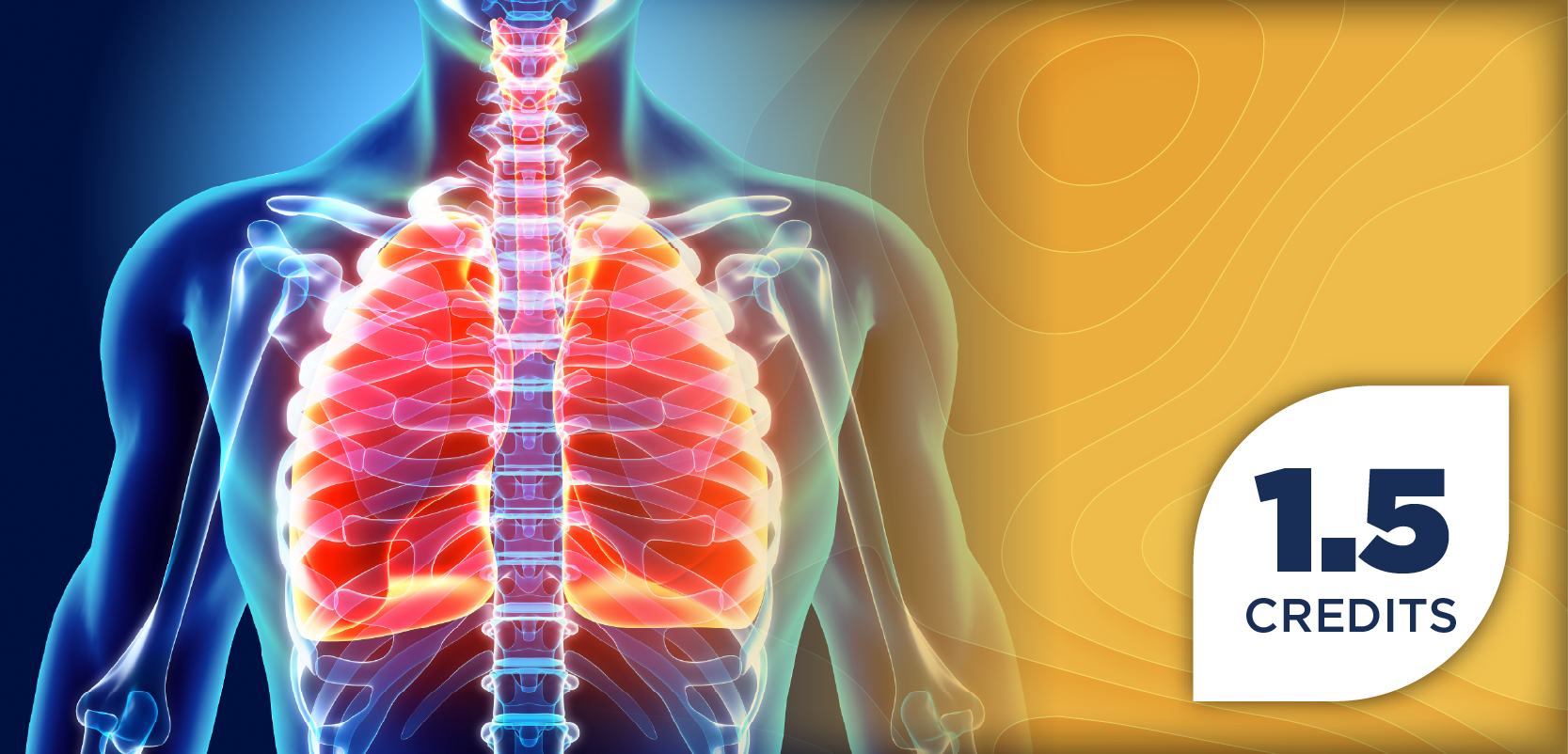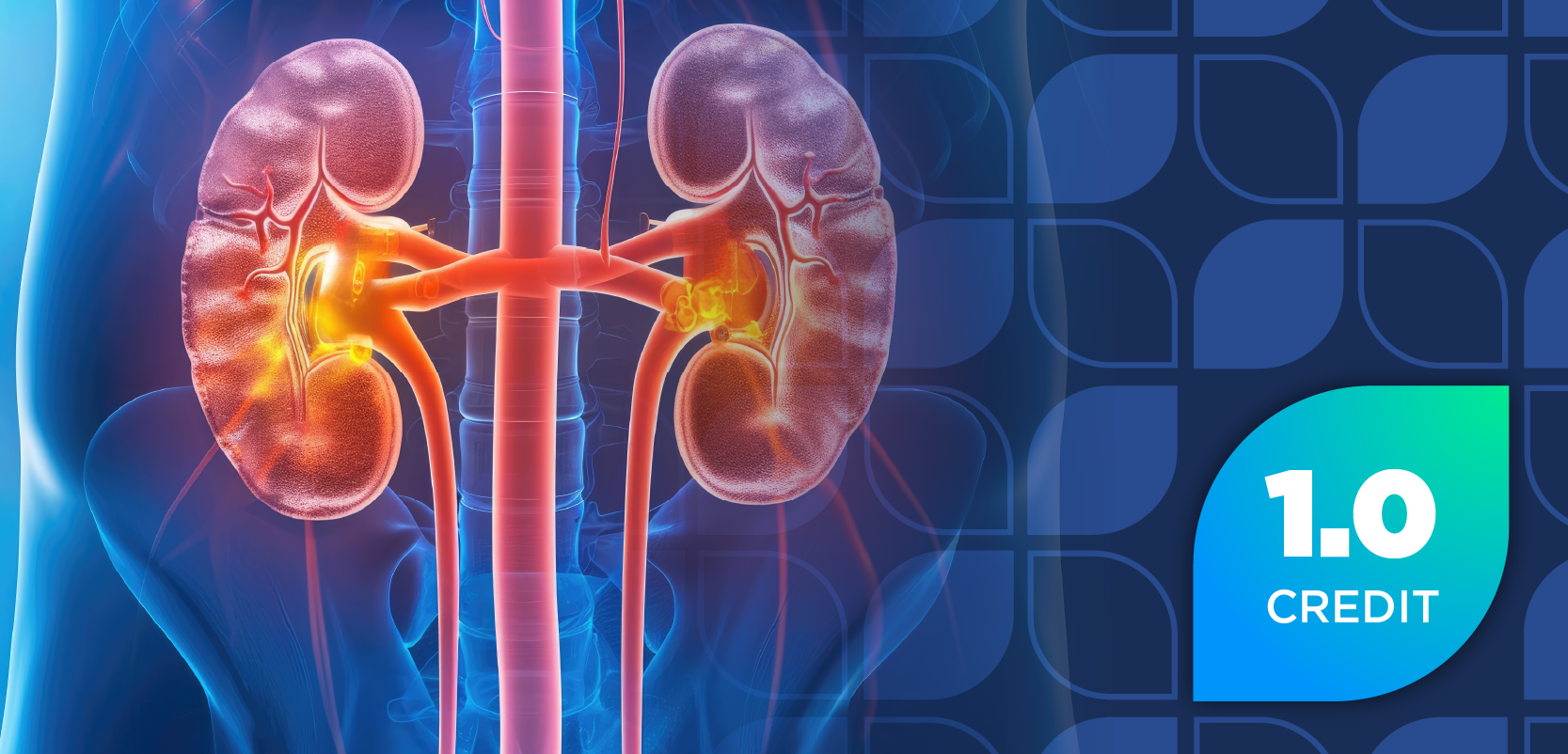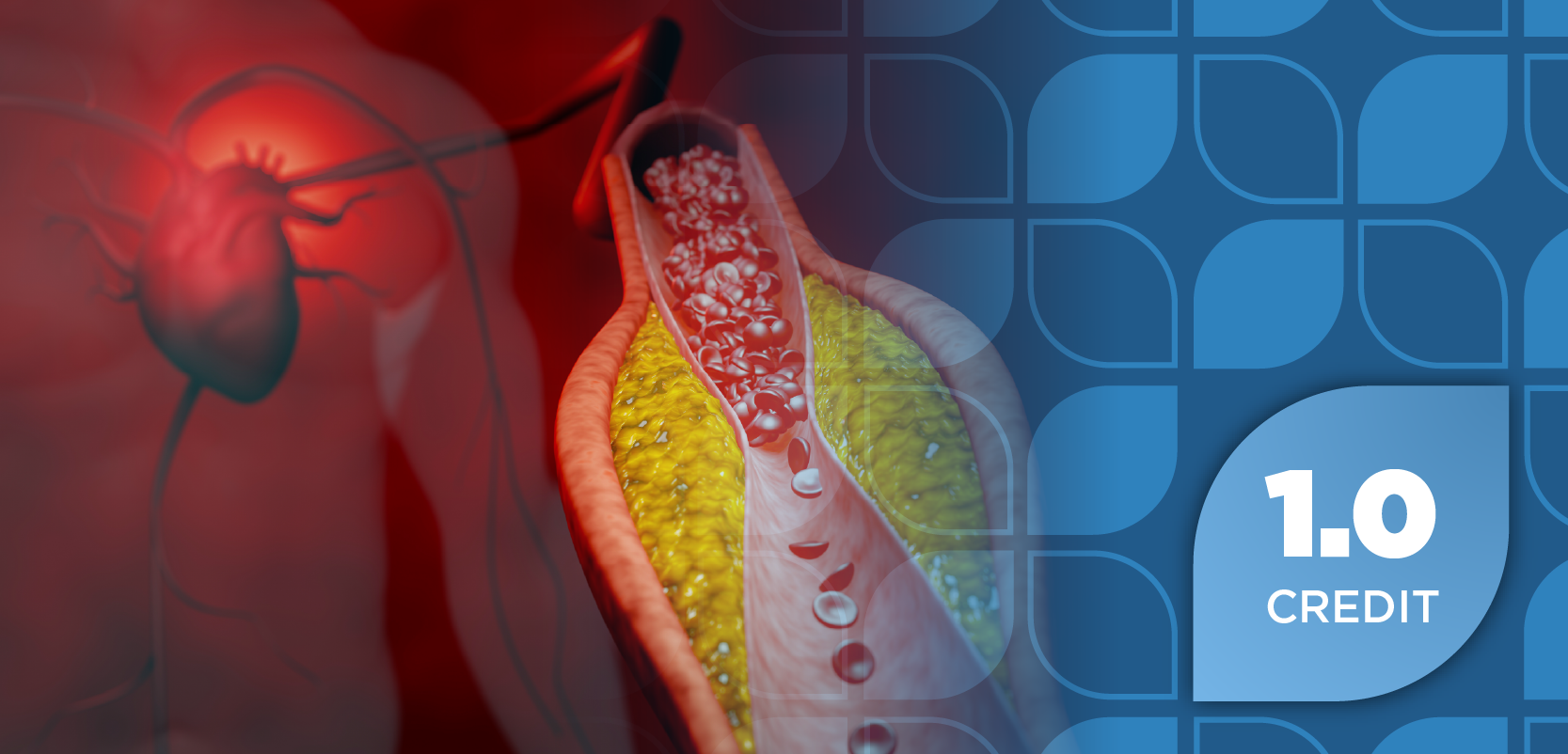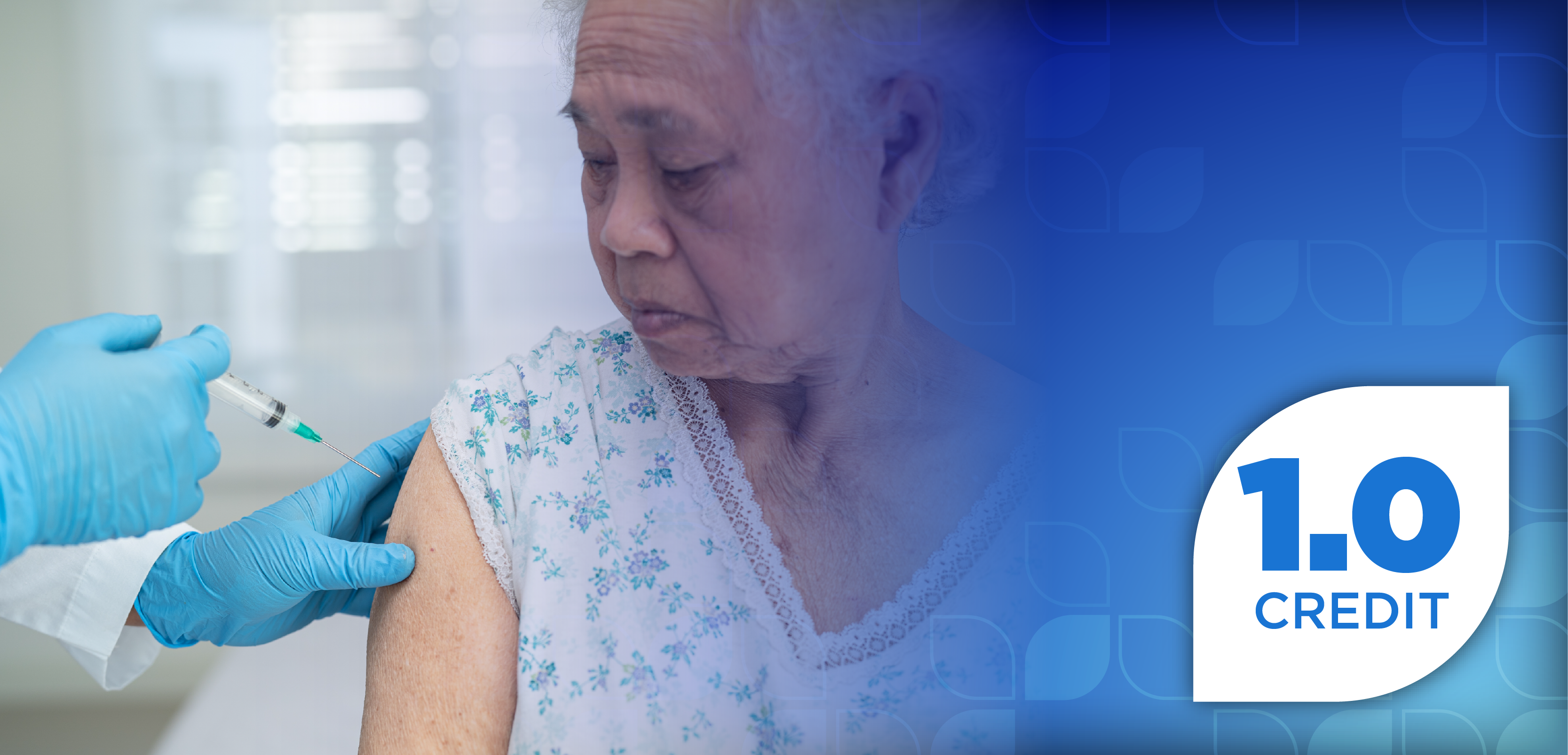
Omnipod® 5 in Type 2 Diabetes: Redefining Insulin Delivery With the SECURE-T2D Trial
This article was sponsored by Insulet Corporation.
Prevalence and Impact of Type 2 Diabetes
Of the 38.4 million individuals in the US with diabetes (11.6% of the population), 90% to 95% of those have type 2 diabetes (T2D) and an estimated additional 1.2 million Americans are diagnosed with diabetes every year.1 Diabetes disproportionately affects members of racial and ethnic minority groups, with American Indian/Alaskan Native, Black, and Hispanic populations being the most impacted.1 Among those with T2D, younger adults, members of racial and ethnic minority groups, and individuals with less education are more likely to be undertreated.2
Challenges With Insulin Therapy
Many adults with T2D eventually require and benefit from insulin therapy; however, insulin intensification has drawbacks in T2D.2 Two randomized controlled trials from 2008, ADVANCE (N = 11,140) and ACCORD (N = 10,251), compared intensive glucose control with standard glucose control in participants with T2D to evaluate the relationship between hemoglobin A1c (HbA1c) and macrovascular events, microvascular events, and death.3,4 A summary of the ADVANCE trial reported a 14% relative risk reduction of microvascular events but increased severe hypoglycemia, whereas results of the ACCORD trial indicated higher rates of hypoglycemia and a significant increase in death when targeting a HbA1c value of 6.5%.4,5 Clinicians often hesitate to intensify insulin therapy because of concerns about hypoglycemia, contributing to clinical inertia.6,7 This trend was evident in the early 2010s, as insufficient insulin intensification coincided with a 3% increase in adults with diabetes having a HbA1c greater than 9.0% compared with the late 2000s.8
The Unmet Need
As of 2020, an estimated 13% of adults diagnosed with diabetes had an HbA1c level greater than 9.0%.9 With approximately 90% of patients with diabetes in the US being treated by primary care physicians, those with T2D often lack the specialized support available to patients with type 1 diabetes (T1D) managed in endocrinology settings, underscoring an unmet need for innovative management approaches and presenting an opportunity for pharmacists to engage with this patient population.10 Pharmacists continue to be some of the most trusted medical professionals.11 They are well-positioned to close gaps in care for underserved communities and play a critical role in managing chronic diseases to improve patient health outcomes.12
Omnipod® 5 Use in Type 2 Diabetes
The Omnipod® 5 System is the first and only tubeless automated insulin delivery (AID) system cleared by the FDA for adults with T2D in the US.13 It is a wearable, on-body AID system consisting of a tubeless, disposable insulin Pod and the Omnipod® 5 App.14 The Omnipod® 5 Pod provides continuous automatic subcutaneous insulin delivery according to individual needs.14 The Pod holds up to 200 units of U-100 rapid-acting insulin and can be worn for up to 72 hours.14 It is tubeless, waterproof*, and can be worn almost anywhere insulin injections are typically administered.14 The system also features automatic priming and insertion of the cannula, ensuring that users do not handle the insertion needle.15 The Omnipod® 5 System is dispensed through pharmacies, and patients can obtain the Pods when they pick up their insulin.16 The FDA’s expanded indication for Omnipod® 5 in adults with T2D is supported by results from the SECURE-T2D trial.17
*The Pod has an IP28 rating for up to 25 feet for 60 minutes. The Omnipod 5 Controller is not waterproof.
Clinical Results
SECURE-T2D was a large-scale, single arm, multicenter, prospective study to assess the safety and efficacy of AID in T2D.17 A total of 305 adults (aged 18-75 years) with T2D using insulin with a baseline HbA1c value lower than 12.0% were enrolled.18 The study included participants from diverse educational and income levels and ethnic and racial backgrounds.19 Participants first completed a 2-week standard therapy phase to gather baseline glucose data, followed by a 13-week Omnipod® 5 AID phase.19 The primary end point was change in HbA1c at 13 weeks from baseline, and key secondary end points included time in range and time spent in hypoglycemia.17
As shown in the
Safety Results
The study demonstrated that there was no increase in hypoglycemia with Omnipod® 5. Time below 54 mg/dL (%) and 70 mg/dL (%) was noninferior and within a 0.5% and 2.0% margin, respectively, demonstrating that Omnipod® 5 improved glycemic outcomes without increasing the risk of hypoglycemic events. There was 1 case of severe hypoglycemia during the AID phase, which was determined to be unrelated to device malfunction.19
Role of the Pharmacist
With the evolving role of pharmacists in diabetes care, community pharmacists are increasingly involved in counseling patients with T2D on their management strategies. Pharmacists are often at the front lines of patient care and can advocate for broader access to advanced technologies such as Omnipod® 5 in at-risk patient populations, such as those with elevated HbA1c being treated with multiple daily injections. Pharmacists also play a critical role in educating patients on the use of new diabetes technologies. With Omnipod® 5, pharmacists should emphasize the importance of proper setup (omnipod.com/setup) and training before use. After counseling, pharmacists can direct patients to review the Omnipod® 5 user guide and additional resources available at omnipod.com.
Important Safety Information
The Omnipod® 5 Automated Insulin Delivery System is indicated for use by individuals with type 1 diabetes mellitus in persons 2 years and older and type 2 diabetes mellitus in persons 18 years and older. The Omnipod® 5 System is intended for single-patient home use and requires a prescription. The Omnipod® 5 System is compatible with the following U-100 insulins: Novolog®, Humalog®, and Admelog®. Refer to the Omnipod® 5 Automated Insulin Delivery System User Guide at
information including indications, contraindications, warnings, cautions, and instructions.
REFERENCES
1. Statistics about diabetes. American Diabetes Association. Updated November 2, 2023. Accessed November 6, 2024. https://diabetes.org/about-diabetes/statistics/about-diabetes
2. American Diabetes Association Professional Practice Committee. 9. Pharmacologic approaches to glycemic treatment: Standards of Care inDiabetes—2024. Diabetes Care. 2024;47(suppl 1):S158-S178. doi:10.2337/dc24-S009
3. ADVANCE Collaborative Group, Patel A, MacMahon S, et al. Intensive blood glucose control and vascular outcomes in patients with type 2 diabetes. N Engl J Med. 2008;358(24):2560-2572. doi:10.1056/NEJMoa0802987
4. Action to Control Cardiovascular Risk in Diabetes Study Group, Gerstein HC, Miller ME, et al. Effects of intensive glucose lowering in type 2 diabetes. N Engl J Med. 2008;358(24):2545-2559. doi:10.1056/NEJMoa0802743
5. Heller SR; ADVANCE Collaborative Group. A summary of the ADVANCE trial. Diabetes Care. 2009;32(suppl2):S357-S361. doi:10.2337/dc09-S339
6. Escalada J, Orozco-Beltran D, Morillas C, et al. Attitudes towards insulin initiation in type 2 diabetes patients among healthcare providers: a survey research. Diabetes Res Clin Pract. 2016;122:46-53. doi:10.1016/j.diabres.2016.10.003
7. Giugliano D, Maiorino MI, Bellastella G, Esposito K. Clinical inertia, reverse clinical inertia, and medication non-adherence in type 2 diabetes. J EndocrinolInvest. 2019;42(5):495-503. doi:10.1007/s40618-018-0951-8
8. Carls G, Huynh J, Tuttle E, Yee J, Edelman SV. Achievement of glycated hemoglobin goals in the US remains unchanged through 2014. Diabetes Ther. 2017;8(4):863-873. doi:10.1007/s13300-017-0280-5
9. National Diabetes Statistics Report. CDC. Updated May 15, 2024. Accessed November 7, 2024. https://www.cdc.gov/diabetes/php/data-research/index.html
10. Davidson JA. The increasing role of primary care physicians in caring for patients with type 2 diabetes mellitus. Mayo Clin Proc. 2010;85(suppl 12):S3-S4. doi:10.4065/mcp.2010.0466
11. Brenan M, Jones JM. Ethics ratings of nearly all professions down in US. Gallup. January 22, 2024. Accessed November 7, 2024. https://news.gallup.com/poll/608903/ethics-ratings-nearly-professions-down.aspx
12. ASHP Statement on the Pharmacist’s Role in Public Health. American Society of Health-System Pharmacists. March 26, 2021. Accessed November 7, 2024. https://www.ashp.org/-/media/assets/policy-guidelines/docs/statements/pharmacists-role-public-health.pdf
13. FDA clears first device to enable automated insulin dosing for individuals with type 2 diabetes. FDA. August 26, 2024. Accessed November 7, 2024. https://www.fda.gov/news-events/press-announcements/fda-clears-first-device-enable-automated-insulin-dosing-individuals-type-2-diabetes
14. Omnipod 5 Automated Insulin Delivery System. Technical user guide. Insulet Corp. August 2024. Accessed October 11, 2024. https://www.omnipod.com/sites/default/files/Omnipod-5_User-guide.pdf
15. Omnipod 5 Automated Insulin Delivery System. Important safety information. Insulet Corp. Accessed November 26, 2024. https://www.omnipod.com/safety
16. Cost, coverage & access. Omnipod. Accessed November 7, 2024. https://www.omnipod.com/is-omnipod-right-for-me/coverage
17. OP5-005 using Omnipod 5 in adults with type 2 (SECURE-T2D). ClinicalTrials.gov. Updated May 31, 2024. Accessed December 2, 2024. https://clinicaltrials.gov/study/NCT05815342
18. Pasquel FJ, Davis GM, Huffman DM, et al; the SECURE-T2D Study Consortium. 1904-LB: glycemic improvement with use of the Omnipod 5 automated insulin delivery system in adults with type 2 diabetes—results of the SECURE-T2D pivotal trial. Diabetes. 2024;73(suppl 1):1904-LB. doi:10.2337/db24-1904-LB
19. Insulet’s SECURE-T2D pivotal trial results demonstrate Omnipod 5 improves clinical outcomes and quality of life in type 2 diabetes. News release. Insulet. June 21, 2024. Accessed November 7, 2024. https://investors.insulet.com/news/news-details/2024/Insulets-SECURE-T2D-Pivotal-Trial-Results-Demonstrate-Omnipod-5-Improves-Clinical-Outcomes-and-Quality-of-Life-in-Type-2-Diabetes/default.aspx
20. Pasquel FJ. Glycemic improvement with use of the Omnipod 5 automated insulin delivery system in adults with type 2 diabetes: results of the SECURE-T2D pivotal trial. Presented at: American Diabetes Association 84th Scientific Sessions; June 21-24, 2024; Orlando, FL. https://www.omnipod.com/hcp/t2d
21. Dovc K, Battelino T. Time in range centered diabetes care. Clin Pediatr Endocrinol. 2021;30(1):1-10. doi:10.1297/cpe.30.1
Omnipod is a registered trademark of Insulet Corporation and used with permission.
Newsletter
Stay informed on drug updates, treatment guidelines, and pharmacy practice trends—subscribe to Pharmacy Times for weekly clinical insights.









































































































































































































